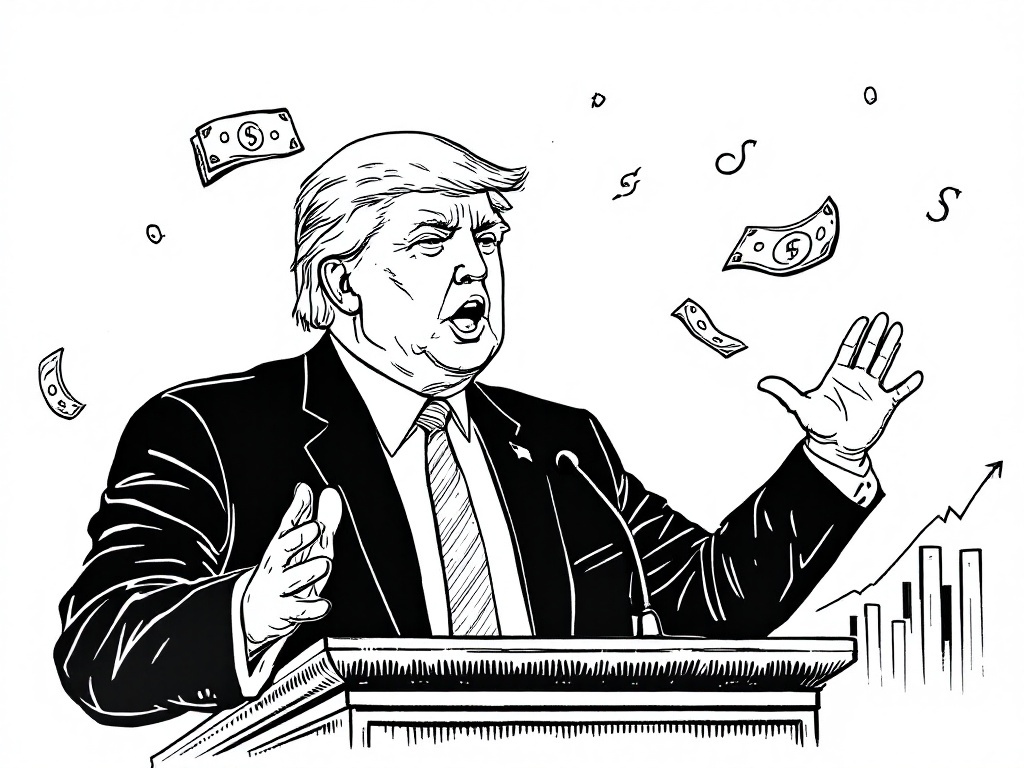Trump Announces Historic Tariff Increase on Imports

Washington, D.C., Wednesday, 2 April 2025.
President Trump plans a major tariff hike, projected to generate trillions over a decade, marking the largest U.S. tax increase since WWII with significant implications for consumers.
Unprecedented Revenue Projections
In a dramatic shift in U.S. trade policy, President Donald Trump is set to announce on April 3, 2025, sweeping tariff increases projected to raise approximately $600 billion annually, potentially accumulating $6 trillion over a decade [1][2]. According to White House trade adviser Peter Navarro, these tariffs would constitute the third-largest tax increase in American history, surpassed only by the 1941 and 1942 revenue acts that funded World War II [1]. However, prominent economists, including Harvard University professor Jason Furman, have expressed skepticism about these revenue projections [1].
Automotive Industry Impact
The automotive sector faces particularly severe disruption, with a 25% tariff on vehicles and auto parts scheduled to take effect on April 3 and May 3, 2025, respectively [3]. Industry analysts project price increases ranging from $5,000 to $10,000 per vehicle [3][4]. Even Tesla, predominantly U.S.-based, will face significant impacts, as confirmed by CEO Elon Musk, highlighting the interconnected nature of global supply chains [3].
Consumer Response and Market Reactions
The impending tariffs have already triggered notable market responses. The S&P 500 index has declined by 8% since mid-February 2025 [5], while consumer confidence has plunged to a 12-year low [6]. A surge in pre-tariff vehicle purchases has been reported, with dealerships experiencing increased foot traffic as consumers rush to avoid price hikes [4]. The manufacturing sector is showing signs of strain, with the activity index falling from 50.3 to 49 in March 2025, indicating sector contraction [5].
International Trade Implications
The scale of these tariffs could rival those of the Tariff Act of 1930, which contributed to the Great Depression [5]. This comparison carries particular weight given that trade now represents five times more significance to the U.S. economy than it did in 1930 [5]. While Trump has indicated potential flexibility in implementation, stating he ‘couldn’t care less’ if auto tariffs raise vehicle prices [4], international partners are already preparing responses, with Canada launching anti-tariff campaigns in American cities [6].